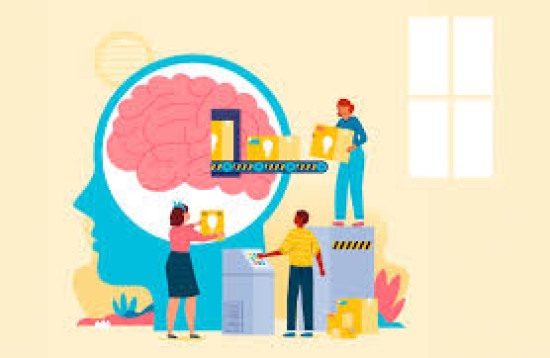What Makes "Engineering for Industrialization" Work? The Key Components explained.
Category: Blog | Published: Fri, 07-02-2025

Building a Nation: The Power of "Engineering for Industrialization"
Ever wondered how a nation transforms its economy and paves the way for a brighter future? The answer often lies in a powerful, strategic approach: "Engineering for Industrialization." It's not just a catchy phrase; it's a blueprint for progress, built on four key pillars. Let's dive in and explore how engineering is the engine driving industrial growth.
1. Laying the Foundation: Engineering-Driven Infrastructure
Imagine a city without reliable roads, power outages crippling businesses, or limited internet access hindering innovation. Impossible to thrive, right? That's why engineering-driven infrastructure development is the bedrock of industrialization. We're talking about more than just building bridges; it's about crafting smart, sustainable solutions. Think industrial zones powered by clean, renewable energy, seamlessly connected by modern transportation networks, and digitally connected to the world. This is the foundation upon which industries can flourish.
2. Fueling the Engine: Innovation and Technological Advancement
In today's fast-paced world, standing still is the same as falling behind. "Engineering for Industrialization" embraces innovation and technological advancement as crucial catalysts for growth. This means integrating cutting-edge engineering solutions into every facet of industrial processes. Picture smart factories humming with automated efficiency, robots performing intricate tasks, and data analytics optimizing production. By embracing these advancements, industries become more competitive, efficient, and globally relevant.
3. Empowering the Workforce: Skilled Hands and Sharp Minds
Even the most advanced technology is useless without the skilled professionals to operate and maintain it. That's where the third pillar comes in: investing in a skilled workforce and technical expertise. Building a strong "Engineering for Industrialization" brand means prioritizing engineering education, vocational training, and creating opportunities for continuous learning. Establishing state-of-the-art training centers, forging partnerships with international institutions, and fostering a culture of lifelong learning are essential steps to empower the next generation of engineers and technicians.
4. Building a Sustainable Future: Green Engineering
Industrialization shouldn't come at the cost of our planet. The "Engineering for Industrialization" brand recognizes the critical importance of sustainability and green engineering. This means promoting eco-friendly industrial practices, developing clean energy systems, and implementing sustainable construction techniques. It's about building a future where economic growth and









